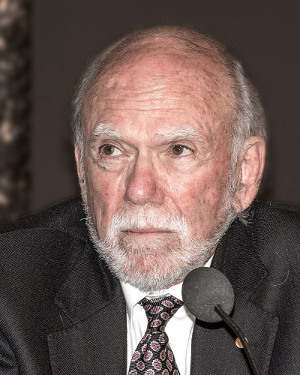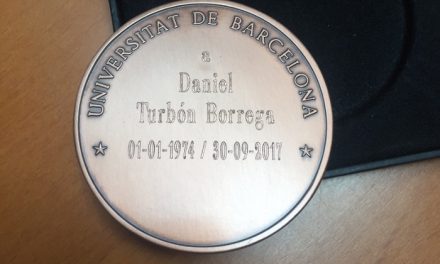Barry Barish, Nobel Prize in Physics and honorary academician of the RAED, explains in Barcelona how he demonstrated the existence of a phenomenon that Einstein predicted
Barry Barish, Nobel Prize in Physics in 2017, professor emeritus of physics at the California Institute of Technology and honorary academician elect of the Royal European Academy of Doctors-Barcelona 1914 (RAED), gave on 26 June at the CosmoCaixa of the Social Work La Caixa a lecture entitled “Ondas gravitacionales: de Einstein a una nueva ciencia” (“Gravitational waves: from Einstein to a new science”). Dr Barish was one of the great architects of the empirical demonstration of the existence of these waves, which Albert Einstein predicted in 1916.

Dr Barry Clark Barish
“When Einstein predicted the existence of gravitational waves a hundred years ago, he thought that the effects they generate are so small that they could never be detected. After forty years of controversy, the theorists finally reached a consensus: gravitational waves exist, would it be possible to develop instruments sensitive enough to detect these waves produced by tremendous cosmic collisions in the fabric of spacetime? The answer is affirmative”, Barish explained.
On 14 September, 2015, the two interferometers of the Laser Interferometer Gravitational-Wave Observatory (LIGO), run by a Nobel Prize winner and honorary academician of the RAED, captured for the first time gravitational waves that came from the collision of two black holes. And in August of 2017, others generated by the fusion of two neutron stars. These detections opened a new window for the study of the universe.
Dr Barish received the 2017 Princess of Asturias award for his work on gravitational waves with Kip Thorne and Rainer Weiss and, that same year, the Nobel prize in Physics (also with Weiss and Thorne), in both cases “for their decisive contribution to the LIGO detector and the observation of gravitational waves”.




